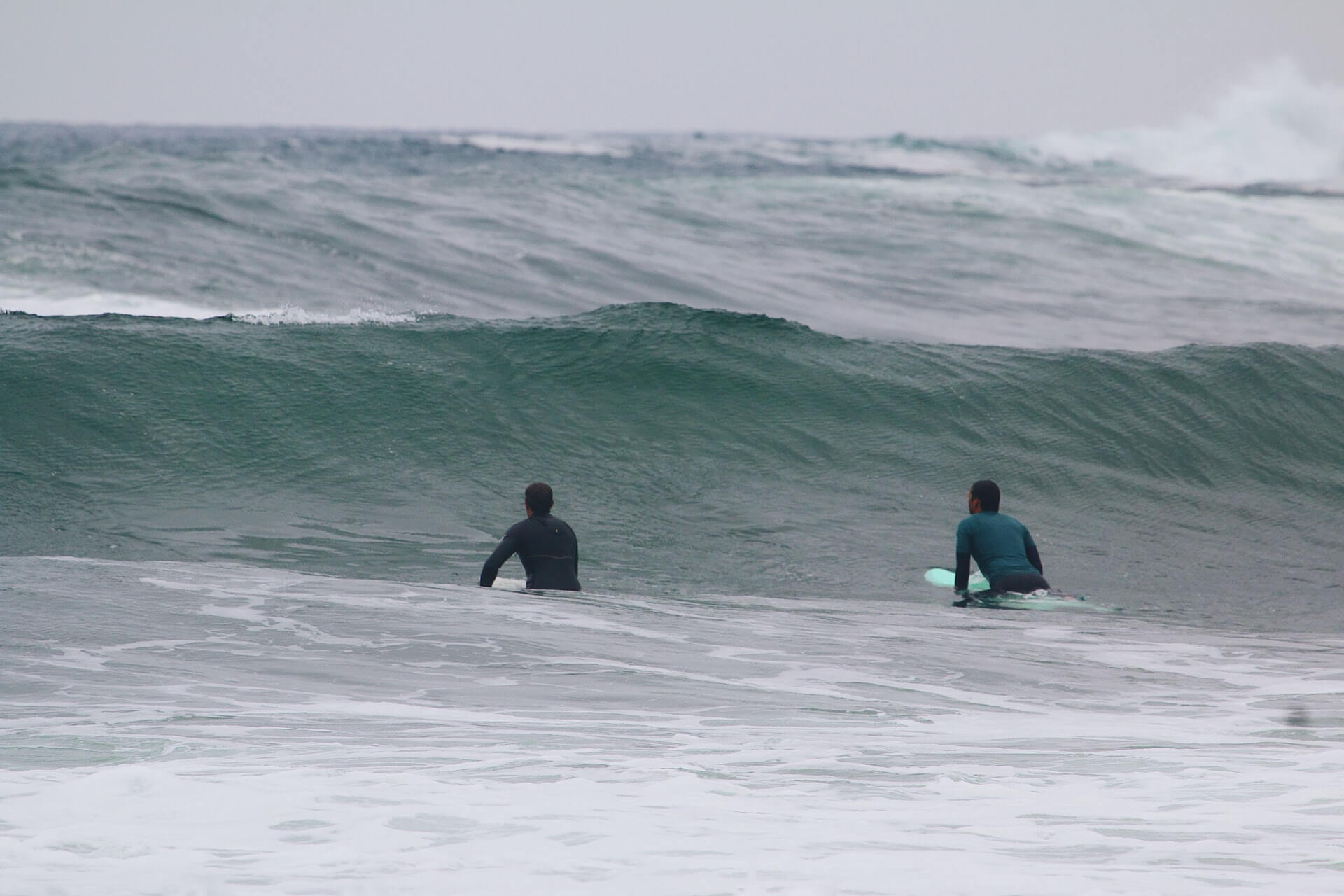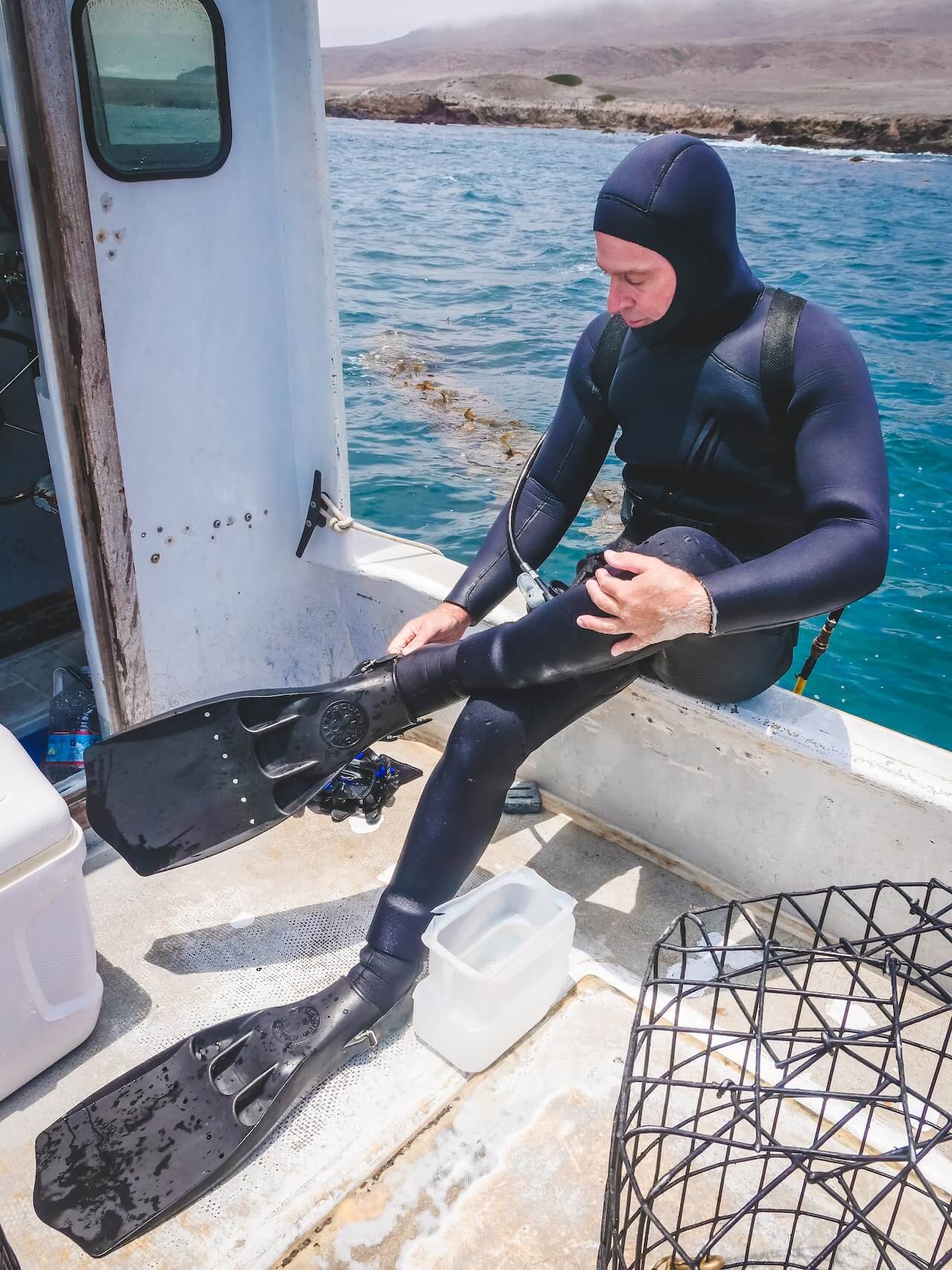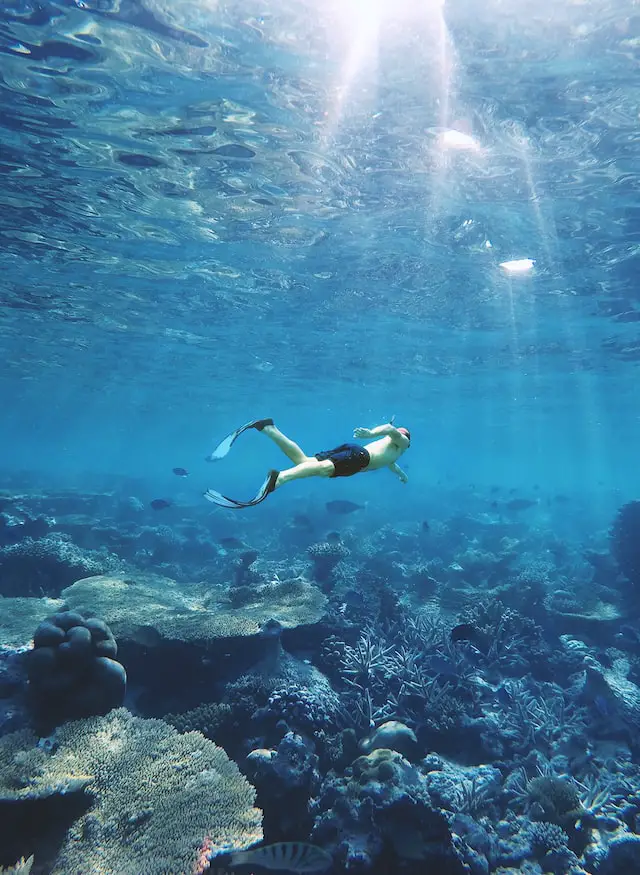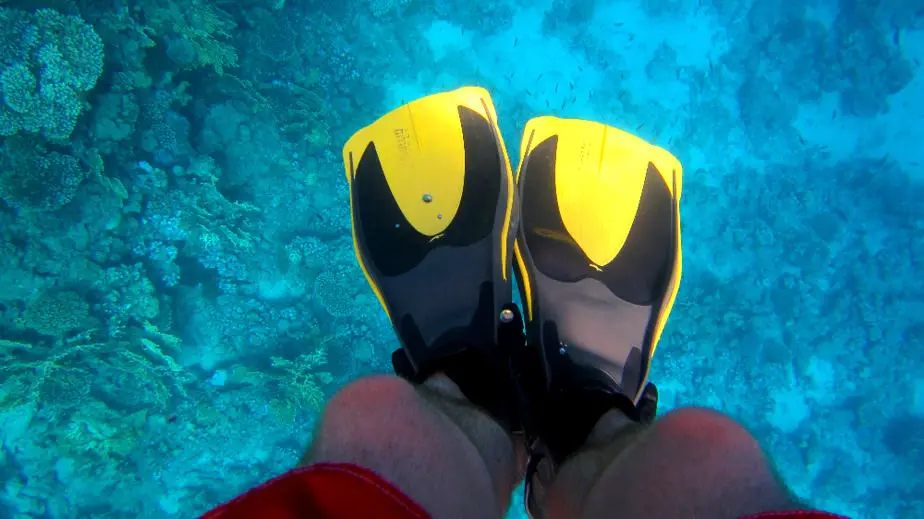It can be very tiring trying to stay afloat in the water. Of course, you can wear a personal flotation device such as a snorkel vest or life jacket, but many people have wondered: do wetsuits help you float?
Even though wetsuits are primarily designed to keep you warm in cold water, they also provide some buoyancy, making it easier for you to stay afloat. This can be especially useful when participating in activities such as surfing, open water swimming, or snorkeling, where energy can be conserved because the wetsuit is helping you stay afloat more easily.

In this article, we will discuss how wetsuits help you float, the different types of wetsuits and how they affect buoyancy, and why you shouldn’t rely on a wetsuit as a flotation device.
Wetsuits and Buoyancy
How Wetsuits Enhance Buoyancy
Wetsuits are made of a material called neoprene, which has tiny trapped gas bubbles within its structure. These gas bubbles help provide insulation and also contribute to the buoyancy of the wetsuit. When you wear a wetsuit, you’ll notice that it’s easier to float in the water due to this increased buoyancy.
The thickness of a wetsuit plays a significant role in its buoyancy, too. Generally, the thicker the neoprene, the greater the buoyancy. However, it’s important to note that while wetsuits can enhance your buoyancy, they don’t provide as much support as personal flotation devices designed specifically for that purpose.
Wetsuit Types and Their Effects on Buoyancy
There are several types of wetsuits, and each one affects buoyancy differently. Let’s take a closer look at the impact of wetsuit thickness and style on your ability to float:
- Full suits: As the name suggests, full suits cover your entire body, providing the most insulation and buoyancy among wetsuit types. They are ideal for cold water conditions and also offer the most flotation assistance.
- Spring suits: Spring suits, also known as “long johns” or “short johns,” typically have short sleeves and legs, leaving your arms or legs exposed. They offer moderate buoyancy, making them suitable for warmer water temperatures and activities where increased flexibility is desired.
- Shorties: Shorties are short-sleeved wetsuits with short legs, providing the least insulation and buoyancy among the three types. They are designed for warm water conditions and offer the most freedom of movement.
The Practical Benefits of Buoyancy from Wetsuits
Enhanced Performance for Swimmers and Divers
Wearing a wetsuit can significantly improve your performance while swimming and diving. The buoyancy provided by the wetsuit helps you maintain your natural form without using up too much energy, which can weaken and slow down your kick.
This increased swimming efficiency leads to conservation of energy, allowing you to swim or dive for longer periods without getting tired quickly. This is perfect for snorkelers who want to view the beautiful underwater scenery without worrying about staying afloat.
On top of that, wetsuits are designed with streamlined surfaces that minimize friction and drag underwater, allowing you to swim a bit faster than without it.
Importance for Surfing
For surfers, a wetsuit is essential when it comes to catching as many waves as possible. Since you’ll be spending a lot of time above the water, you will be exposed to the wind and sunlight.
Feeling the wind on your wet, exposed skin will send chills throughout your body, literally. You need something to insulate you so that you don’t get hypothermia. Wetsuits are excellent at providing insulation so that you can stay warm even on chilly days.
A wetsuit can also provide UV protection so that you don’t have to worry about applying sunscreen, which could easily get washed or rubbed off while surfing.
Moreover, the extra buoyancy means that when you wipe out, you have an improved safety cushion, as you’re more likely to resurface faster after being submerged. This is particularly helpful for beginners who are learning to surf and may struggle to stay afloat in rough water.
As a result, you’ll find yourself spending more time riding waves and less time fighting to stay afloat.
Wetsuit Fitting and Its Impact on Buoyancy
A well-fitted wetsuit is crucial for your comfort, warmth, and buoyancy in the water. When you have a wetsuit that fits correctly, you’ll experience better buoyancy and less restrictions to your movement.
A good wetsuit fit should feel snug but not restrictive, allowing you to breathe comfortably and move freely. It should also have minimal excess material at the limbs and torso, which can cause drag and reduce buoyancy.
It’s also worth mentioning that different parts of the body can be affected differently. For instance, a wetsuit might cause the legs to float more than the torso, depending on the design and thickness of the wetsuit, potentially altering the swimmer’s body position in the water.
An ill-fitting wetsuit can cause the following issues:
Too Loose: If your wetsuit is too loose, it won’t provide the ideal insulation and buoyancy you need for swimming. Water can easily flow into the wetsuit, causing you to lose warmth and making it difficult to float. A loose wetsuit may also create unnecessary drag, impacting your swimming performance.
Too Tight: On the other hand, a wetsuit that’s too tight can restrict your movement and breathing. Decreased flexibility can lead to fatigue and discomfort, hindering your overall swimming experience. Additionally, overly tight wetsuits can cause uneven buoyancy distribution, leading to an unbalanced and inefficient swim.
Limitations and Considerations
Overreliance on Wetsuit Buoyancy
While a wetsuit does provide some degree of buoyancy, it’s crucial not to rely on it too much. The buoyancy level depends on the thickness and design of the wetsuit.
Thicker wetsuits offer better insulation and can help you float; however, they shouldn’t be used as a substitute for life jackets or other flotation devices or to compensate for a lack of swimming ability.
In a similar vein, using a wetsuit for flotation can negatively affect your swimming technique. By relying too much on a wetsuit’s buoyancy, you may neglect essential aspects of proper swimming form.
Wetsuits may also alter your stroke because it may be tight around your shoulders, causing you to exaggerate your movement which can become a bad habit.
Saltwater vs. Freshwater Buoyancy
When choosing the right wetsuit for you, consider the differences in buoyancy between saltwater and freshwater environments.
Saltwater is denser than freshwater, which means you will naturally float more in saltwater. As a result, a wetsuit with less buoyancy may suffice in a saltwater environment, while a thicker wetsuit could be necessary for freshwater conditions.
Additionally, water temperature plays a role in selecting the most suitable wetsuit. Colder water requires thicker wetsuits for warmth and insulation, while warmer water allows for thinner wetsuits. Remember that a thicker wetsuit is a more buoyant one, so a side benefit of a warmer wetsuit is that it will help you stay afloat more easily.
Frequently Asked Questions
Can you drown while wearing a wetsuit?
Yes, you can still drown while wearing a wetsuit. Although wetsuits provide some additional flotation, they are not designed to keep your head above water or act as a life-saving device. It’s essential to practice water safety and use appropriate flotation devices when needed, especially if you are not a strong swimmer.
Can wetsuits help beginners learn to swim?
Wetsuits can offer some benefits for beginners learning to swim, such as added buoyancy, which can help with confidence in the water. However, they are not a replacement for proper swimming instruction, and wearing a wetsuit can restrict movement, making it harder to learn proper swimming techniques. It’s best to take swimming lessons with an experienced instructor and not rely on a buoyancy aid as a crutch.
Is there any danger of floating too much in a wetsuit?
Water sports that require diving, such as freediving or scuba diving, seem like they would be better served with a thinner wetsuit to provide less positive buoyancy. However, it’s colder the deeper you dive, so you still need the insulation of a thick wetsuit. To address the buoyancy problem, you can load a weight belt with dive weights to help counteract some of the buoyancy to help you dive more easily.
Does the buoyancy of a wetsuit decrease over time?
Yes, the buoyancy of a wetsuit can decrease over time due to wear and tear, compression, or damage to the material. To maintain your wetsuit’s optimal buoyancy and overall condition, follow the manufacturer’s guidelines for cleaning, storage, and general care. Regular inspection of your wetsuit will also help you identify potential issues that could impact its performance.
Can wetsuits be used as a replacement for life jackets?
No, wetsuits should not be used as a replacement for life jackets. Although they provide some buoyancy, wetsuits are not designed to keep you afloat and face-up in the water, which is essential for supporting life-saving breaths. Life jackets are specifically engineered to keep your head above water in various positions and conditions, increasing your chances of survival in an emergency. Always wear a properly-fitted life jacket when engaging in water activities where there is a risk of drowning or injury.
Sources:
- https://blog.wetsuitwearhouse.com/do-wetsuits-make-you-float/
- https://www.buy4outdoors.com/blogs/buy4outdoors-blog/do-wetsuits-help-you-float
- https://www.usms.org/fitness-and-training/articles-and-videos/articles/how-to-use-your-wetsuit-to-your-advantage
- https://www.orca.com/en-us/blog/orca-lab-buoyancy










